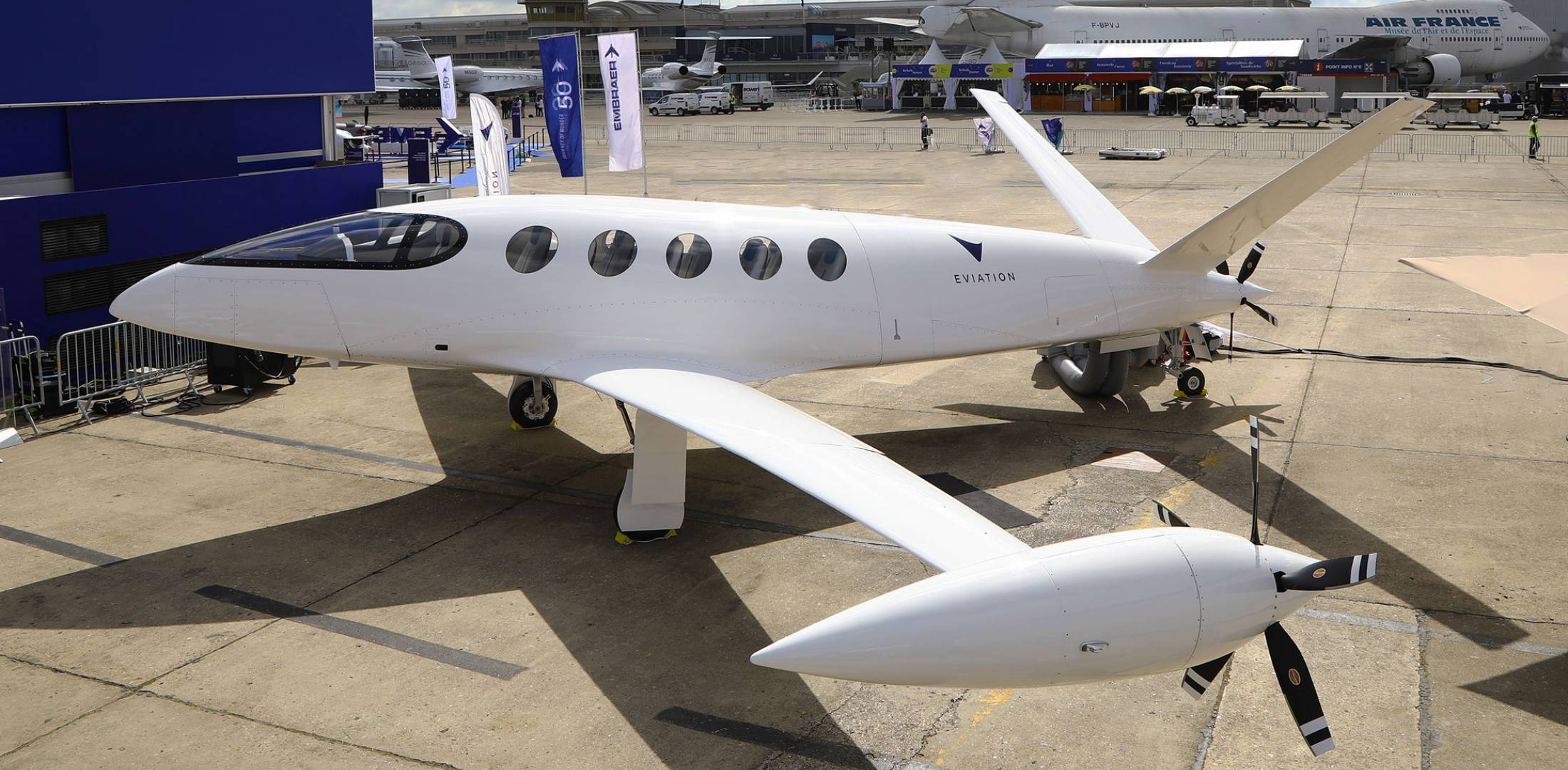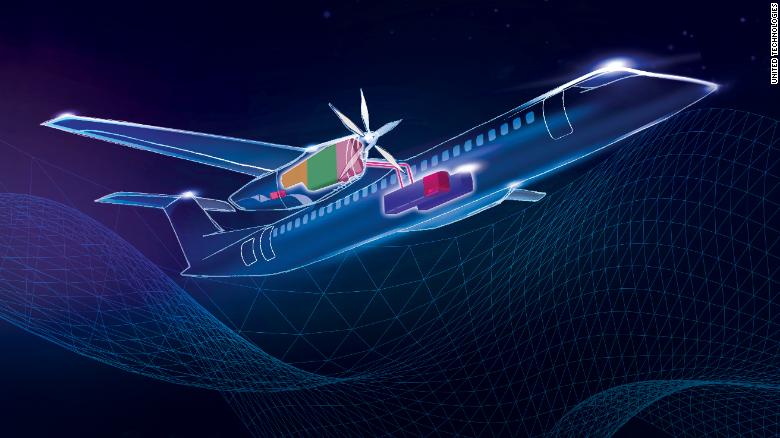This year’s Paris Air Show saw the launch of the world’s first electric passenger airplane. Even though it was a prototype, it marks a new era of electric flight.
The biggest news in Paris Air Show is an increase in demand for electric aircraft that are more efficient than the traditional aircraft. There is a clear rise of hybrid and electric aircraft as showcased on this bianual event in Paris where startups try to compete against the big boys showing off new technology that is more efficient and eco-friendly.
There are two main factors driving increased investment into electric aviation:
- The global aviation industry produces up to 3% of all carbon dioxide (CO2) emissions with a projected increase in the coming years
- The global aviation industry spends roughly $180 billion a year on jet fuel.
Having these factors in mind, it is no wonder why aviation is heading towards electrification. The focus on electrically-propelled aircraft reflects a rush to develop urban flying taxis (coming soon) and longer range fully electric planes (coming later).
Eviation partners Cape Air
Top of the list was the news that Israeli startup Eviation has sealed a multi-million deal with US regional airline Cape Air for its completely new 9-seater electric aircraft called “Alice”. This new type of aircraft can fly up-to 1,040km at 10,000ft (3,000m) with cruising speed of 440km/h. It is expected to enter service in 2022.
Debuting the Eviation Alice at the Paris Air Show, CEO Omer Bar-Yohay told press conference attendees that, “Cape Air … is going to be the first clientof the eviation Alice and will usher in a double digit size fleet of Alice’s to operation within the next five years.”
Eviation electric plane “Alice” at Paris Air Show
The firm is using Siemens and magniX to provide the electric motors, and magniX chief executive Roei Ganzarski says that with two billion air tickets sold each year for flights of under 500 miles, the business potential for small electric passenger aircraft is clear.
Crucially, electricity is much cheaper than conventional fuel.
A small aircraft, like a turbo-prop Cessna Caravan, will use $400 on conventional fuel for a 100-mile flight, says Mr Ganzarski. But with electricity “it’ll be between $8-$12, which means much lower costs per flight-hour”.
“We’re not an environmentalist company, the reason we’re doing this is because it makes business sense.”
Hybrid aircraft by 2022
United Technologies, which includes engine-maker Pratt & Whitney in its portfolio, is working on its Project 804, a hybrid electric demonstrator designed to test a 1MW motor and the sub-systems and components required.
The firm says it should provide fuel savings of at least 30%. It should fly in 2022 and is forecast to be ready for regional airliners by the mid-2020s.

Airbus (EADSF) is also aiming to test a hybrid aircraft by 2022, and it announced a collaboration this week with European aerospace firms Daher and Safran to get there.
Daher will handle components and systems installation, while Safran (SAFRF) will contribute a propulsion system called EcoPulse. Airbus will tackle batteries and aerodynamic design.
Check out the highlights of Paris Air Show on the following video:







